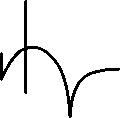Digital Art Mistakes I'm guilty of making
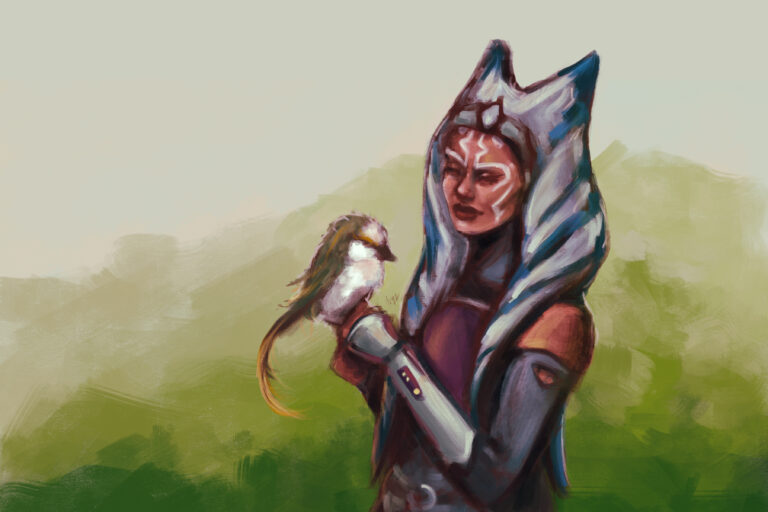
Hi everyone. Han8pym here.
I officially started my digital art journey in 2018. Before that I was a traditional artist, I drew and painted with various mediums such as prismacolours, acrylics, gouache and more. After buying a tablet and looking to expand my skills towards digital art, I realised that the methods I used for traditional pieces varies profoundly to digital art.
There are people who believe that digital art is easy and lazy. With the AI generation we are stumbling into, people are mistaking digital art for AI generated and underestimate the level of skill it requires to become a digital artist.
Over the past 7 years, I have learnt a lot in my journey both from self teachings, observation and a multitude of mistakes.
This article will sum up the most frequent mistakes I have made along my art journey that stunted my growth as an artist and prevented me from moving forward. Through these mistakes, I was able to shape my self as an artist and learn valuable lessons to align my art into the image that it is today.
The aim of this article is to support your artist journey regardless of the art medium you are using and keep you on the right path.
Without further ado, let’s begin.
1. Sticking to dull colours
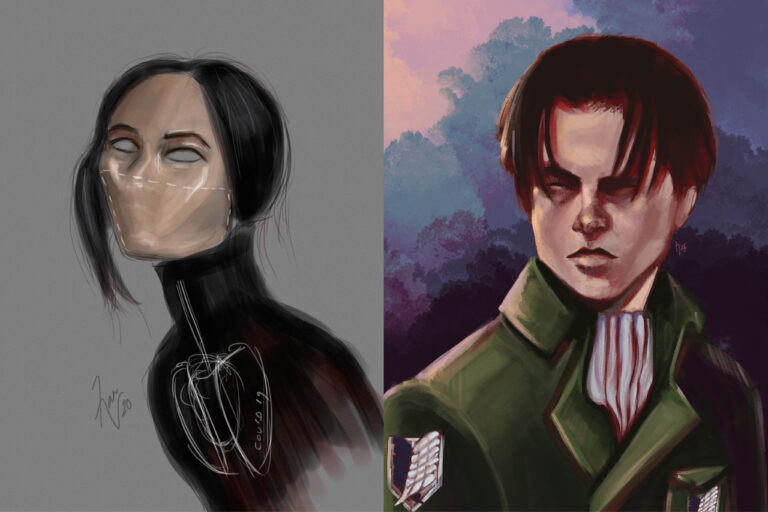
When I first started my digital art journey, I used to start every piece with a dull grey background, in my eyes this was a just a standard background colour, that could be easily changed later.
Here’s the thing, that standard dull background isn’t going anywhere. In fact your choice of background is going to set the stage for the whole art piece.
Choosing a background colour is like choosing an underpainting colour for a traditional piece. Although this colour won’t always be visible in the final piece, it serves as a base to help you determine the mood and theme of your work, and in turn help you select the right colours, and saturation for the brushes you use.
Choosing a dull background will only inspire a dull piece and this will make your work harder as you rush to find an appropriate background for your piece at the end, which brings me to my next point.
2. Going in blind
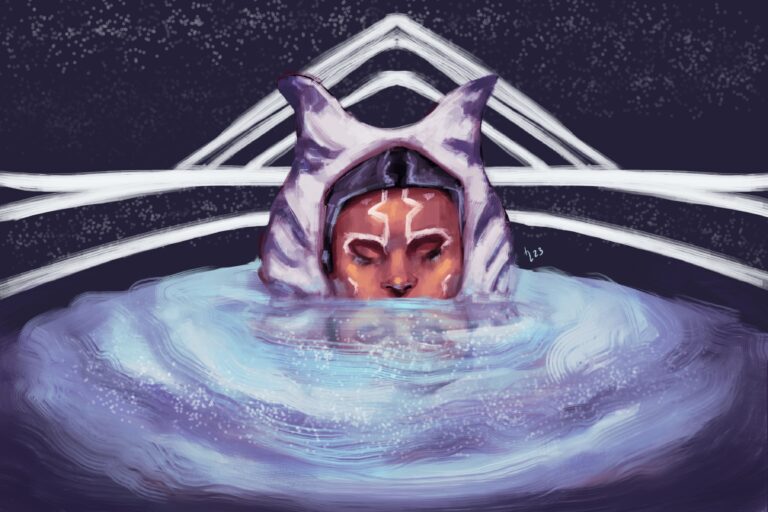
Have you ever felt that artistic pull? The need to draw at any moment, no matter where you are or what you’re doing? I’ve felt that too, and it’s great! Until you’re two hours in and you have no idea what you’re doing or what you should draw.
You didn’t prepare a background and now you’re rushing to find something that will fit. You wanted to draw your original character but you have no idea what pose she is in or what she’s wearing.
You’re trying to think of what to do, deleting and redrawing layers, it’s time consuming and more importantly you’ve given up.
Many of my own art pieces have ended in the ‘rejection folder’ because of this exact reason. My lack of preparation led to discouragement, which then led to boredom and wasted time. Do better. Take a moment to plan out your pieces, drawing a quick thumbnail sketch of your piece and using it as guide throughout your process will help you immensely.
Planning out your light source and direction, colour palette and mood of the piece, perspective and composition can all help you in the long run to get that piece out there in record time, no boredom attached.
3. Sticking to my comfort zone
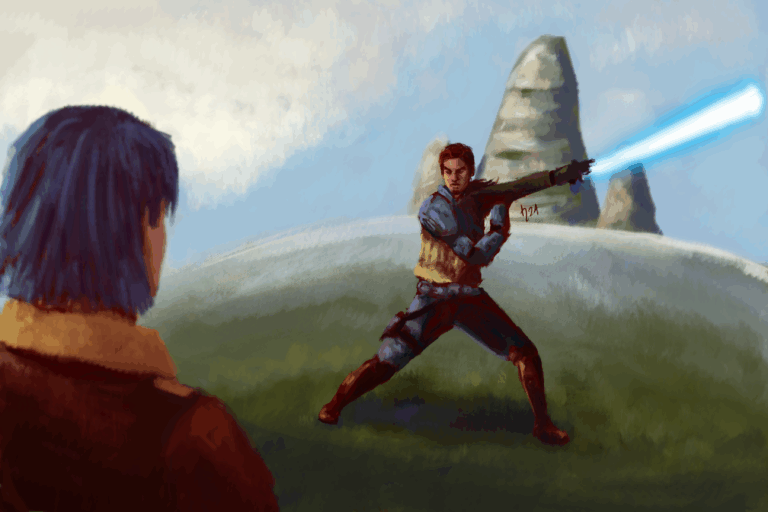
One of the best art advice I’ve ever heard came from an Instagram Q & A. The artist was asked how they became so skilled at drawing full body poses. Their answer: “Practice. And don’t just say you’re going to practice, actually practice.”
I used to be the person the artist had directed their comment towards. The person who wanted to get good at something but never really practiced. It took me a while to get out of my portrait comfort zone with many failed anatomy attempts and embarrassing sketches, but I’m glad I did.
Don’t be afraid to try something out of your comfort zone and don’t let the fear of what others will say stop you either. When in doubt leave those semi-baked art pieces in the WIP folder far from the prying eyes of social media and when you’re ready, take a moment to look back at how far you have come and remember how much practice actually matters.
4. Not using references
A common misconception in the art community is that using references is cheating. This could never be more untrue. Working without a reference is like drawing in the dark.
You can sketch over the same point over and over again and hope that the pose looks right, or you can use a reference to understand the pose and study the anatomy behind it yourself.
References are there to guide you during the art process and keep you on the right track. References can be photographs, anatomical studies, poses generated through applications such as art poser, planes of the face, costumes, lighting and more.
References are truly the backbone of your art, and using them the right way can do wonders.
5. Using too many references
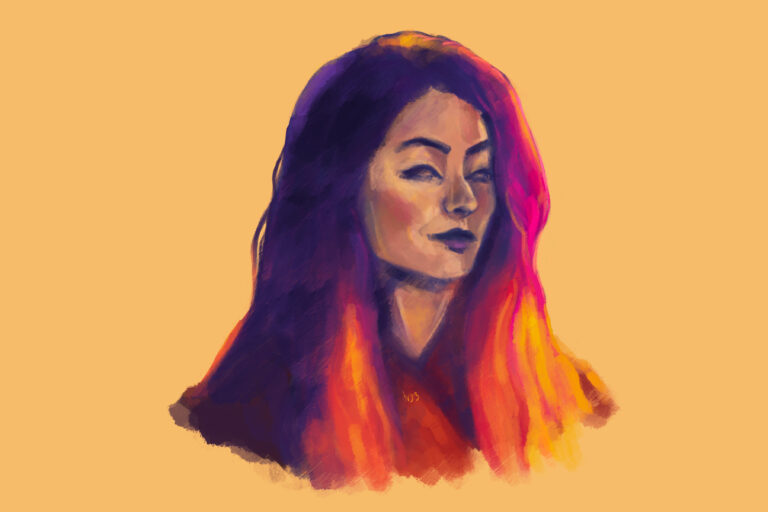
That being said using too many references can be detrimental to your work. Having multiple angles of the same scene may sound helpful but can quickly get confusing.
I’m guilty of using multiple references of similar angles and trying to satisfy both. Once you have chosen a reference be sure to stick to it, whether this is a particular pose or light source.
Despite their usefulness, references won’t always fulfil your every need. There will be times when you won’t be able to rely solely on the reference and you will need to use your own knowledge to decide on the direction of your piece. Be sure to keep practicing and ensure that fully understand the art principals of lighting, anatomy, planes of the face and colour theory.
6. Not following enough artists
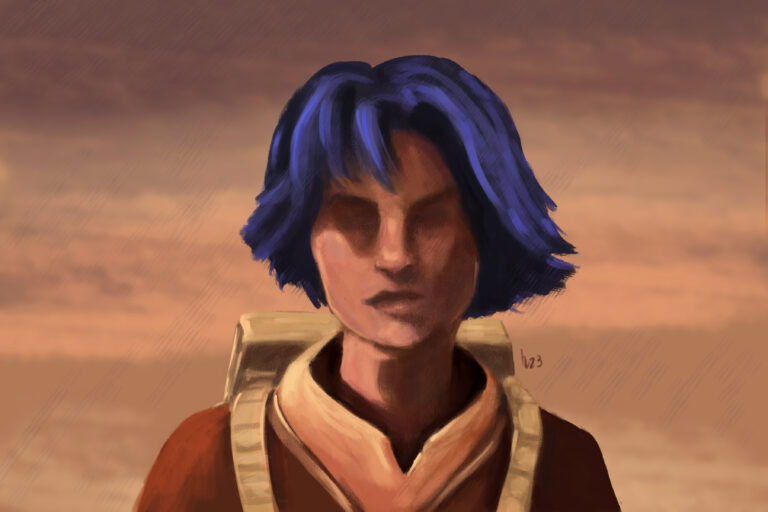
When I first started building my instagram account, I met a lot of artists who shared my interests in TV shows and movies. As my interests developed, I began to follow more artists who loved and drew the same characters I did.
Joining fandoms allowed me to make friends and join art collaborations but it did nothing for my skills. I was surrounded by people who drew the same characters in widely different styles which in time affected my self-esteem and made me question whether my art style was fit for fan-art at all.
Had I been following artists that inspired me regardless of their content, I could have found art styles that I could aim for and understood how varied the art community really is.
Following different artists helped me come to terms with my art style and helped me understand what makes my art unique and special.
7. Playing by the rules that others don’t
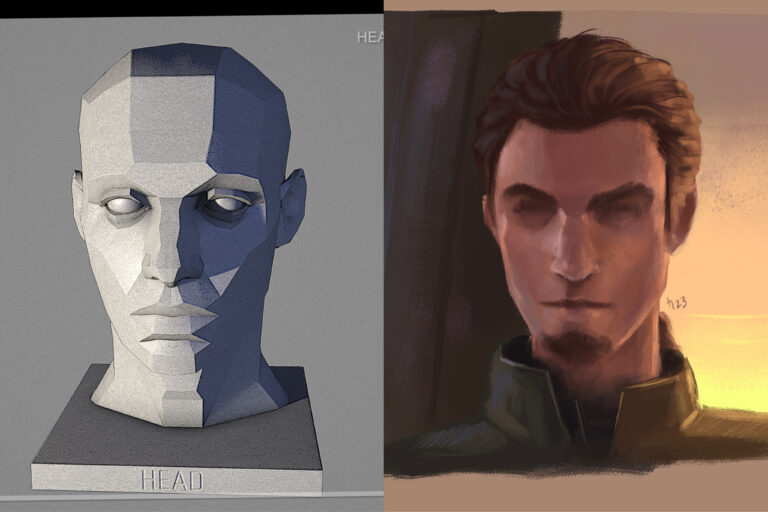
Social Media has a habit of making us question our integrity as artists. The art myths and misconceptions spread by others can have us struggling to finish pieces ‘the right way’ without tracing, use references or using digital guides.
Here’s the thing, there’s nothing wrong with doing any of those things, no matter what people say. Digital art is just as authentic as traditional art and using tools to make the process easier is smart not lazy.
When I first started developing my portrait rendering skills, I spent a lot of time tracing William Nguyen’s planes of the face model. It was a great tool to help me understand the planes of the face, facial proportions and planar shadows. It allowed me to improve my art significantly to a point where I no longer needed to trace the models but could simply refer to them and in time understand the where the planes of the face aligned in every reference.
Let the tools at your disposal guide you for as long as you need and to the capacity that you need until you can reach the level to understand them and in time let them go.
8. Letting social media dictate what I draw
If you’re an instagram artist you may have heard the advice ‘find your niche’ or perhaps, ‘draw what’s popular.’ Here’s the thing, drawing for likes is great! At least for a while, until you’re stuck in the rabbit hole of drawing that same character for 10 years from a fandom that you don’t remember.
Let your art style be your niche. Be the artist that draws long necks, uses muted colours or in my case draws eye-less portraits! That way your followers come for you, and stay for you, not for the characters or popular scenes you draw.
You may find that this strategy will take a while and you will notice a change in impressions and likes between each post. Unfortunately the social media algorithm will always favour popular content and frequent posting, your aim as an artist is to understand your goal, whether this is to sell a product, improve your overall reach or to just plainly draw and connect to a community at your own pace.
Once your goal is set, the rest is in your hands. When you choose to post, what you choose to draw is up to you. Just remember that art is a creative medium, your mood controls much of what you do. If social media’s pace of posting doesn’t align with yours then you will burn yourself out before you have even begun. Keep a clear goal in mind, prioritise your well being and most importantly have fun!
